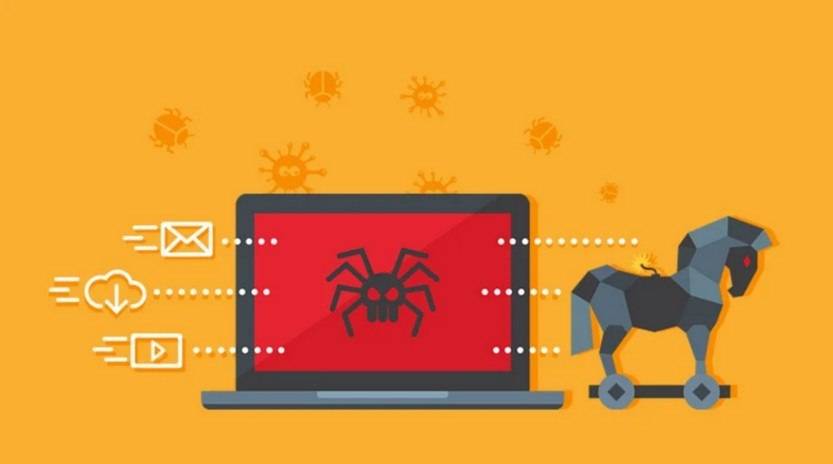PayPal ‘We Couldn’t Verify Your Recent Transactions’ Phishing Scam
Online scams have become increasingly sophisticated, targeting unsuspecting individuals and organizations. One such scam that has gained popularity is the PayPal ‘We Couldn’t Verify Your Recent Transactions’ phishing scam. This article aims to provide a comprehensive overview of this scam, including what it is, how it works, what to do if you have fallen victim, and other relevant data.

What is the PayPal ‘We Couldn’t Verify Your Recent Transactions’ Phishing Scam?
The PayPal ‘We Couldn’t Verify Your Recent Transactions’ phishing scam is an attempt by cybercriminals to trick PayPal users into revealing their personal and financial information. The scam typically involves sending fraudulent emails that appear to be from PayPal, informing the recipient that there has been suspicious activity on their account.
The email often includes a message stating that PayPal was unable to verify recent transactions and that the user’s account has been temporarily limited. To resolve the issue, the email instructs the recipient to click on a link provided in the email and log in to their PayPal account.
How Does the Scam Work?
Once the recipient clicks on the link in the email and enters their login credentials on the fake PayPal website, the cybercriminals gain access to their account. This allows them to steal sensitive information, such as credit card details, bank account information, and personal identification.
After obtaining the victim’s information, the scammers can use it for various fraudulent activities, including making unauthorized purchases, accessing the victim’s financial accounts, or even committing identity theft.
What to Do If You Have Fallen Victim?
If you have fallen victim to the PayPal ‘We Couldn’t Verify Your Recent Transactions’ phishing scam, it is crucial to take immediate action to minimize the potential damage:
- Change your PayPal password: As soon as you realize you have been scammed, change your PayPal password to prevent further unauthorized access to your account.
- Contact PayPal: Report the incident to PayPal’s customer support and provide them with all the relevant details. They can guide you on the necessary steps to secure your account and potentially reverse any unauthorized transactions.
- Monitor your accounts: Keep a close eye on your bank accounts, credit cards, and other financial accounts for any suspicious activity. If you notice any unauthorized transactions, contact your financial institution immediately.
- Scan your device for malware: It is essential to scan your device for malware or viruses that may have been installed through the phishing email. Malwarebytes Free is a reliable tool for scanning and removing malware from your system. You can download it from Malwarebytes Free.
- Be cautious of future emails: Be extra vigilant when receiving emails claiming to be from PayPal or any other financial institution. Look for signs of phishing, such as spelling mistakes, generic greetings, and suspicious links. Always verify the legitimacy of the email by contacting the organization directly through their official website or customer support.
Other Relevant Data
The PayPal ‘We Couldn’t Verify Your Recent Transactions’ phishing scam is just one of many online scams targeting PayPal users. According to the Anti-Phishing Working Group (APWG), there has been a significant increase in phishing attacks targeting financial institutions, with PayPal being a prime target.
It is estimated that phishing attacks cost businesses and individuals billions of dollars each year. These scams not only result in financial losses but also cause emotional distress and potential damage to one’s reputation.
To protect yourself from falling victim to phishing scams, it is crucial to stay informed and follow best practices for online security. Regularly update your passwords, enable two-factor authentication whenever possible, and educate yourself about the latest phishing techniques.
Summary
The PayPal ‘We Couldn’t Verify Your Recent Transactions’ phishing scam is a prevalent online scam that targets PayPal users. It involves sending fraudulent emails that trick recipients into revealing their personal and financial information. Once the scammers gain access to the victim’s account, they can engage in various fraudulent activities.
If you have fallen victim to this scam, it is essential to take immediate action by changing your password, contacting PayPal, monitoring your accounts, scanning your device for malware, and being cautious of future emails. By following these steps and staying informed about online security best practices, you can protect yourself from falling victim to phishing scams and other online threats.










